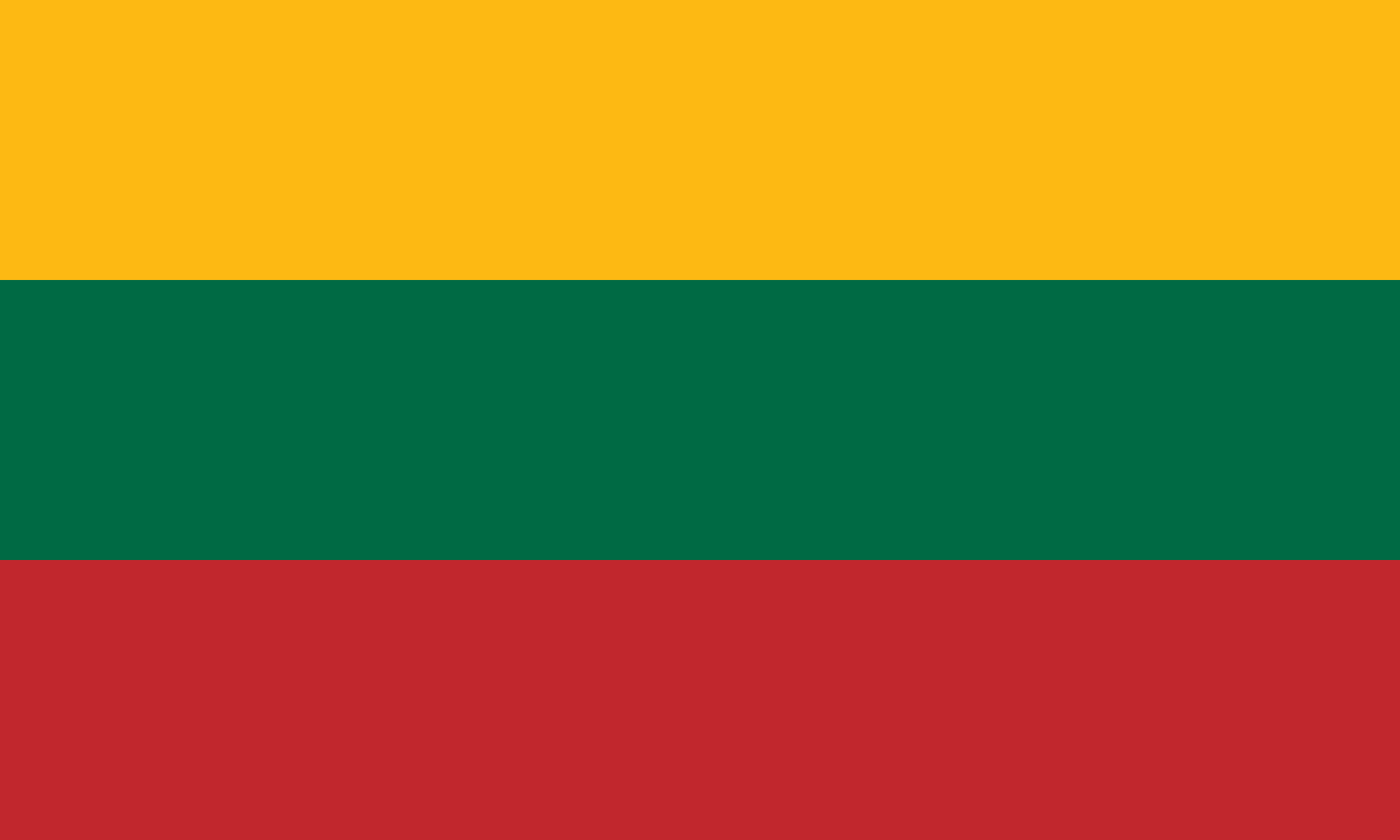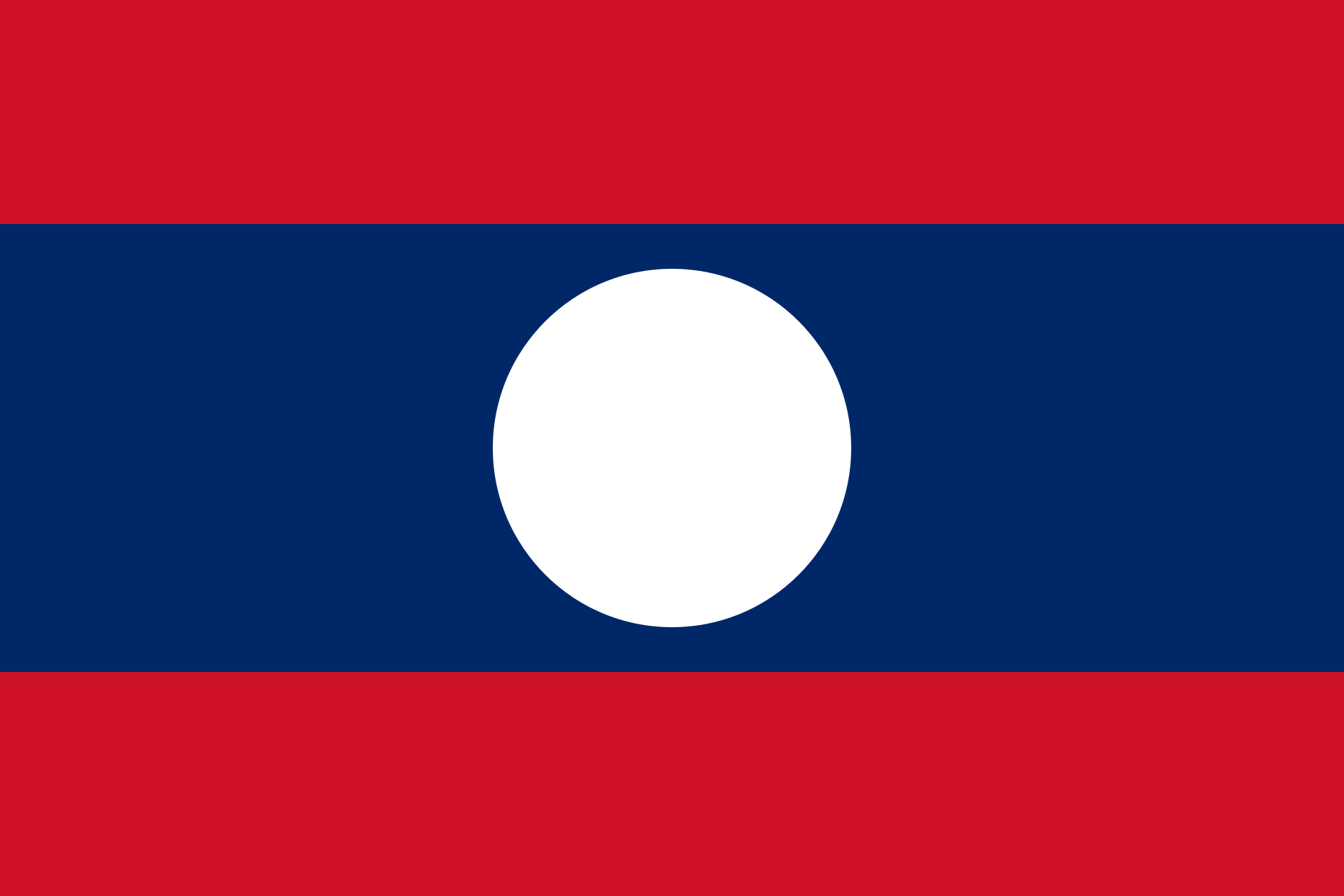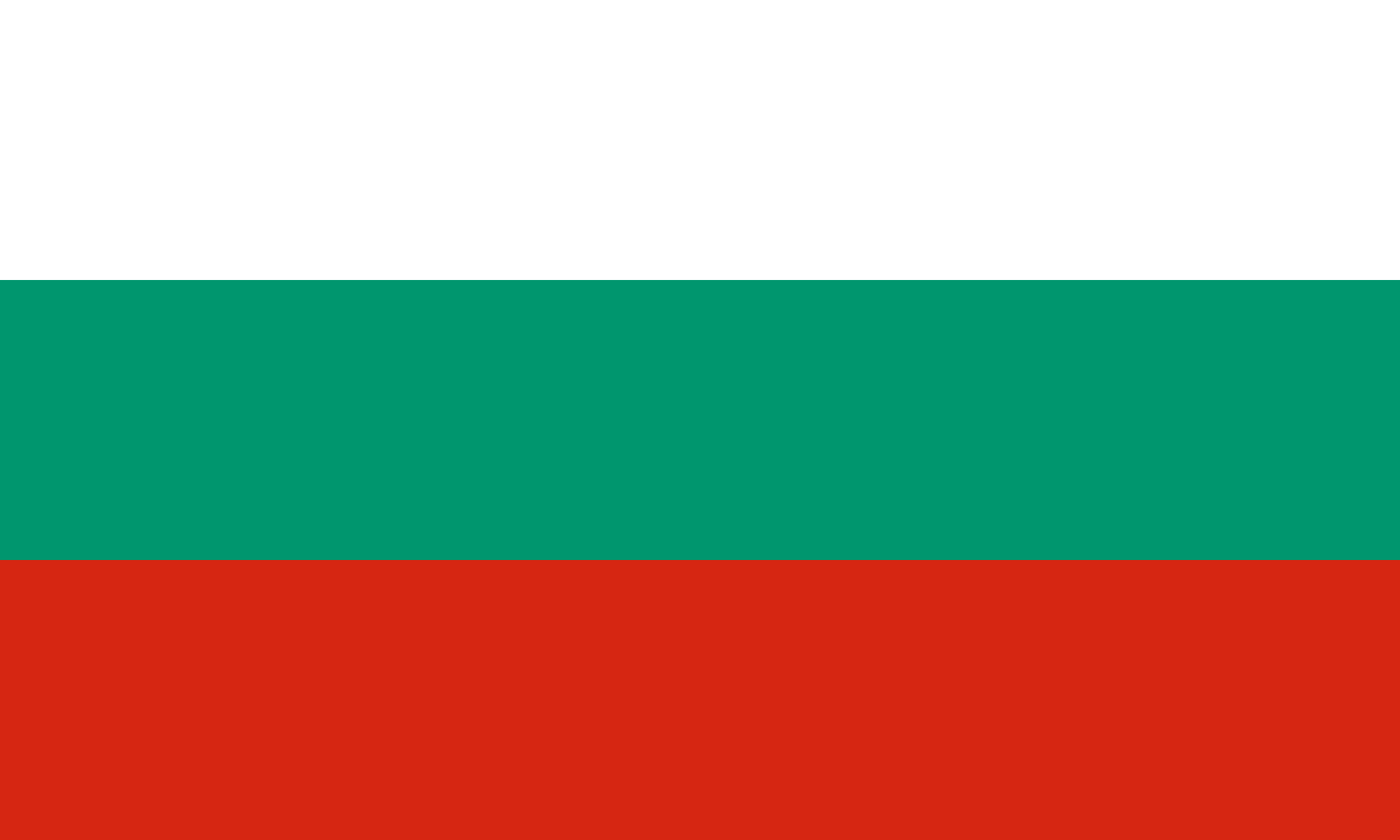Population
5,539,146
Last updated:
1 NovArea
338,455 km2
Last updated:
1 NovCurrency
Euro (€) (EUR)
Last updated:
1 NovOfficial Language
Finnish and Swedish
Last updated:
1 NovPhone code number
+358
Last updated:
1 NovInternet TLD
.fi
Last updated:
1 NovAverage monthly salary
4,600 $
Last updated:
1 NovTotal millionaires
85,114 persons
Last updated:
1 NovTotal billionaires
6 persons
Last updated:
1 NovMilitary power
Passport rank
3
Last updated:
1 NovVisa free
189 country
Last updated:
1 NovReligions in Finland
69.8% Christianity
*67.8% Lutheranism
*1.1% Orthodoxy
*0.9% Other Christian
29.4% No religion
0.8% Others
Info about Finland (History)
Finland is the Scandinavian country of Northern Europe. It is crossed by Sweden to the west, Russia to the east, and Norway to the north, and is defined by the Gulf of Bothnia to the west and the Gulf of Finland in the Baltic Sea. across southern Estonia. Finland covers an area of 338,455 square kilometers (130,678 square miles) and has a population of 5.5 million. Helsinki is the capital and largest city in the country, but together with neighboring cities Espoo, Kauniainen and Vantaa, it is a larger metropolitan area. Finnish, the native language of Finnish, is one of the few Finnish languages in the world. The climate varies with latitude, from the humid climate of the continent to the south to the climate of the north to the north. Land cover is predominantly the northern forest biome, with over 180,000 lakes recorded.
Finland was inhabited around 9000 BC after the last glacial period. The Stone Age introduced a number of ceramic styles and cultures. The Bronze and Iron Ages were marked by widespread communication between Fennoscandia and other cultures in the Baltic region. From the second half of the 13th century, Finland gradually became an integral part of Sweden as a result of the Northern Wars. In 1809, as a result of the Finnish War, Finland was annexed by Russia as Grand Duchy of Finland. At the same time, Finnish art flourished and the idea of independence began to take hold. In 1906 Finland became the first European state to grant universal suffrage and was the first in the world to grant adult citizens the right to run for public office. Russia's last emperor, Nicholas II, tried to overthrow Finland and end its political independence, but after the Russian Revolution of 1917, Finland declared independence from Russia. In 1918, the new state was divided by the Finnish Civil War. During World War II, Finland fought the Soviet Union in the Winter and Continuing Wars, and Nazi Germany in the Lapland War. After the war, Finland lost part of its territory, including the culturally and historically important city of Vyborg, but maintained its independence.
Finland was largely an agricultural country until the 1950s. After World War II, the country was rapidly put into business, developing advanced economies and building a state-of-the-art welfare state based on the Scandinavian model, leading to high wealth and per capita income. Finland acceded to the United Nations in 1955 and adopted an official neutral policy. Finland joined the OECD in 1969, the NATO Partnership for Peace in 1994, the European Union in 1995, the Euro-Atlantic Partnership Board in 1997, and the Euro Zone established in 1999. .Finland is a leading performer in many aspects of domestic performance. , Education, economic competitiveness, civil liberties, quality of life, human development. In 2015, Finland was ranked at No. 1 in the World Index of Human Capital and News Freedom, ranked as the most stable country in the world in the Index of Vulnerable Countries from 2011 to 2016, and No. 2 in the World Gender Gap Report. rated. It was also ranked as number one in the 2018, 2019, 2020 and 2021 World Happiness Report reports.
Important information about Finland
1- What is the population of Finland?
answer: The total population of Finland is 5,539,146 in 2021.
2- Who is the president of Finland?
answer: Sauli Niinistö is the current president of Finland.
3- What is the area of Finland?
answer: The total area of Finland is 338,455 km2 .
4- What is the official language of Finland?
answer: The official language of Finland is Finnish and Swedish .
5- What is the currency of Finland?
answer: The currency of Finland is Euro (€) (EUR) .
6- How much is the average salary in Finland?
answer: The average salary in Finland is 4600$ in 2021.
7- What is the passport rank of Finland?
answer: The passport rank of Finland is 3 in 2021.
8- How many countries we can travel with passport of Finland without visa?
answer: You can travel to 189 countries with passport of Finland .
9- What is the phone number code of Finland?
answer: The phone number code of Finland is +358 .
10- What is internet TLD of Finland?
answer: The internet TLD of Finland is .fi
11- How many billionaires are in Finland?
answer: The total number of billionaires in Finland is " 6 person" in 2021.
12- How many millionaires are in Finland?
answer: The total number of millionaires in Finland is " 85,114 person" in 2021.





